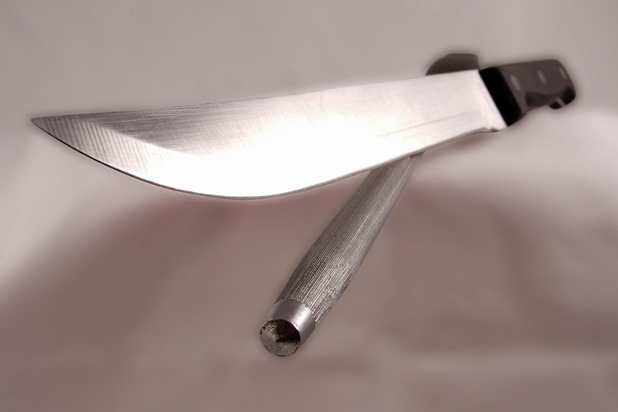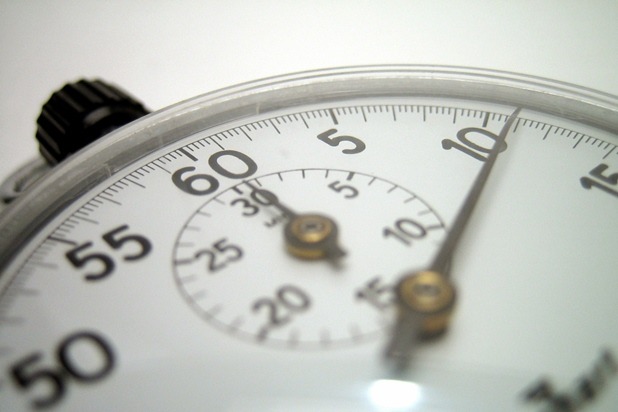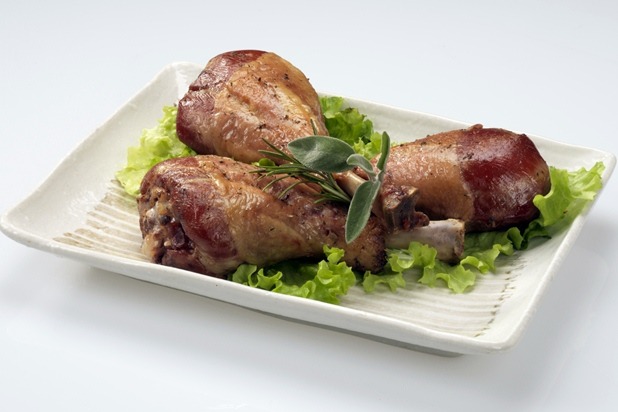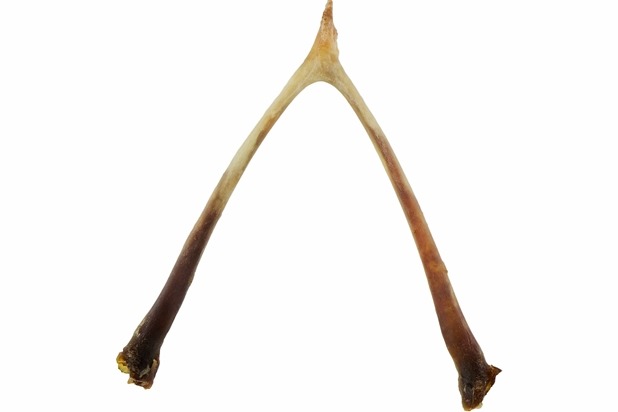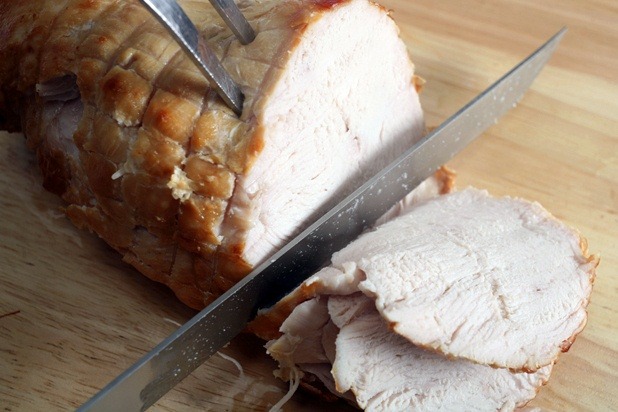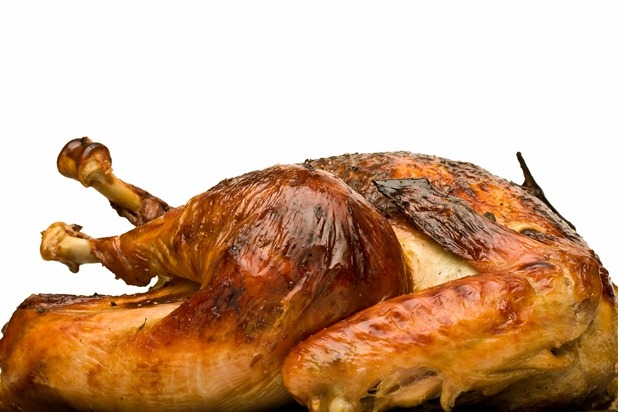How To Carve A Perfect Turkey Slideshow
While it may be an impressive piece of showmanship to carve the turkey at the table, Kari Underly, master butcher and author of The Art of Beef Cutting, recommends performing the magic in the kitchen instead. It's just awkward to do it on a platter at a table, she says. Besides, if anything goes wrong, nobody will be the wiser.
Tools
At a bare minimum, you'll need a carving knife and a carving fork, although in a pinch, a chef's knife and a pair of tongs would work, too. A boning knife, which is smaller and slimmer than a chef's knife and can go around corners easily, can make separating the joints easier. To catch the juices, work on a cutting board that has grooves or one that can fit snugly into a sheet pan.
"What about the electric knife?" you may ask. Underly says, "I don't like it at all. I've never had one, I've never used one. My dad was a butcher, too, and he had one and I think it was just a power tool thing. And you know, it's really only good for the breast meat." We concur.
No Flying Birds
We don't want any pseudo Julia Child-esque moments here (Child never really dropped a chicken on the floor), especially after all that hard work you've put into roasting a perfect turkey, so Underly recommends placing the bird on a kitchen towel on a cutting board so it doesn't slip around.
Let It Rest
Underly says that the bird should be cooked to an internal temperature of 165 degrees, and that it should rest for at least 20 minutes before carving so that the juices won't leak all over the place when you cut into it.
Legs First
Position the turkey with the breast facing up and the legs toward you. Grab one of the legs in one hand and pull on it; you'll see some skin that connects the leg and thigh to the breast. Take a knife in the other hand and slice close to the body where the breast is and come down. This should be easy if the turkey is cooked through properly. Locate the joint and slice through (this is where a boning knife would come in handy).
Then, locate the joint separating the drumstick from the thigh and cut through (try pulling it apart slightly with your hands if you're having trouble locating the joint).
Lastly, debone the thigh. Feel around the thigh for the femur bone, which runs straight through the center. Carefully, using the point of your knife, slice the meat away from both sides of the bone.
Repeat all of these steps with the other side.
Wings Next
Turn the bird around so that the wings are facing you. Look for the shoulder joint; use your hands to wiggle the wings to find the joint and then slice the wings off using your knife.
Good Luck!
If you like, you can now remove the wishbone. It's located right next to where the wings were and almost hangs out of the shoulder. You should be able to just pull it straight out with your fingers.
Breasts Last
Locate the breastbone, which runs straight through the middle of the two breasts on the bird. To help guide your knife, make a small incision along the bone. To carve off one of the breasts, position the knife on one side of that cut, and keeping the knife as close as possible to the bone, come down on the breastbone, then out and away from the cavity, slicing underneath the breast near the joint. It's important to keep the knife as close as possible to the rib cage when slicing underneath the breast to preserve the tenderloins. Repeat with the other side.
Then, slice up the breasts, making sure to cut across the grain of the breast meat, or it will fall apart, says Underly.
Recreate the Bird
For presentation purposes, Underly likes to recreate the bird as much as possible, placing the drumsticks and thighs at one end of the platter, the breast meat in the center, and the wings just off the breasts.

